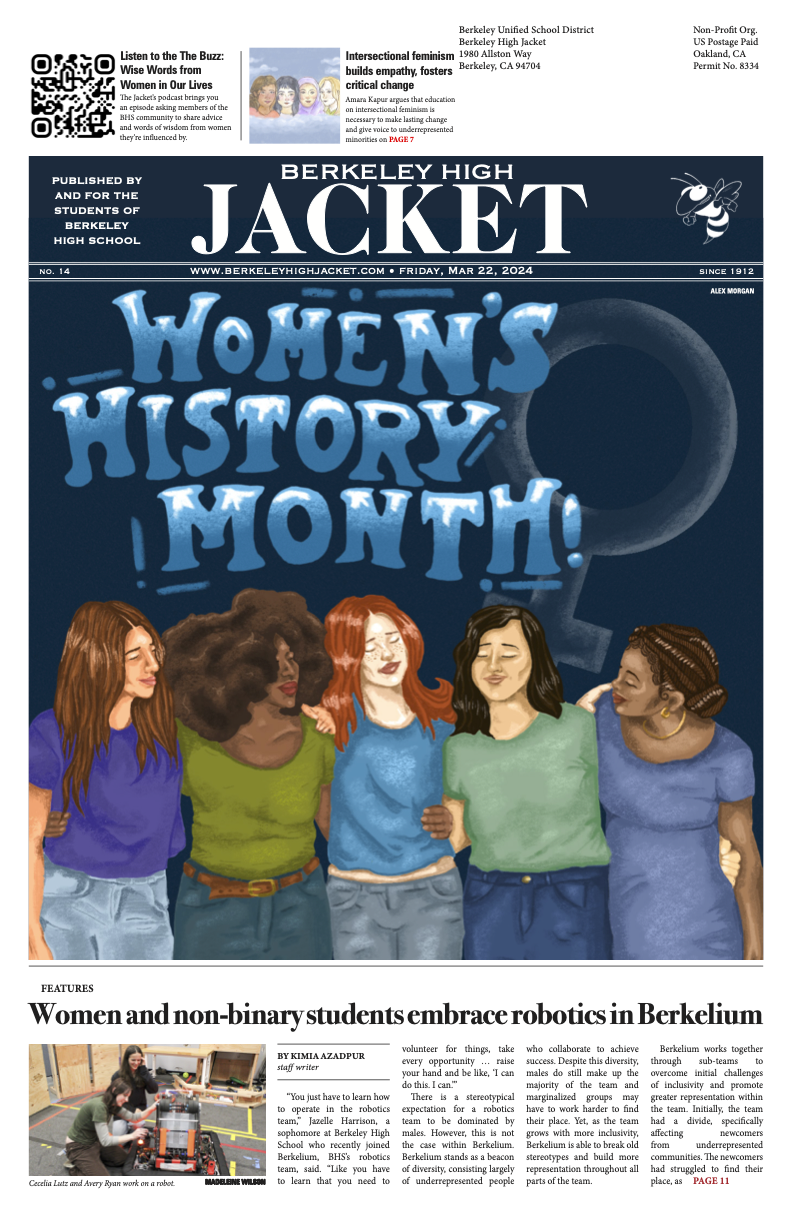The live action adaptation of Disney’s 2002 “Lilo & Stitch” is set to hit theaters in May of this year. Even before the first trailer hit screens, the film was already facing criticism, which isn’t uncommon for recent Disney releases. Disney’s venture into live action remakes of their classic animated films, which began with “101 Dalmations” in the year 2000, has long been embroiled in controversy. Talk of the movies being cash grabs and complaints surrounding the use of CGI have been very present in the conversation, but they have not garnered nearly as much attention as the debate around “race-swapping.” Actresses Halle Bailey and Rachel Zegler, both women of color cast as the live action counterparts of Disney princess, have received waves of criticism for being women of color playing traditionally white characters. Yet while the race of a mermaid or fictional princess is generally less important to the plot, the same can not be said for the story of “Lilo & Stitch.” In a nearly opposite issue, the casting of the live action “Lilo & Stitch” has come under fire for a lack of accurate representation.
The original “Lilo & Stitch” was set on the Hawaiian island of Kaua’i, something that has been changed in the remake in favor of the larger, more tourist-heavy Oahu. The film follows two orphaned sisters, Lilo and Nani Pelekai, who adopt an alien as a pet dog. While themes of family and togetherness are central to the story, the film also makes statements about tourism practices on the islands. From Lilo’s comedic habit of taking pictures of tourists in a subtle inversion of the objectifying “tourist gaze,” to Nani complaining about working at a “stupid fakey luau,” to a deleted scene where Lilo and Stitch clear out a beach full of vacationers, the films stance on tourism is clear. While “Lilo & Stitch” was not radical in this regard, it certainly made a statement. Although tourism contributes to Hawaii’s economy, the effects have proved to be very negative. Locals cite the depletion of the environment as well as resources, a growing loss or commodification of culture, and displacement of native residents as the primary issues. Although the original film’s commentary on these issues was minimal, “Lilo & Stitch” goes beyond just being a movie set in Hawaii; Polynesian indigeneity is both central and essential, and it’s because of this that many people take issue with the casting.
Recent criticisms have primarily surrounded the casting of live action Nani in the new film, as well as more general complaints about casting. Colorism is at the center of the conversation as Nani’s actress Sydney Agudong is lighter-skinned and biracial. The fact that Nani was a leading woman with a deeper complexion, thicker body type, and Polynesian features was very significant to many viewers of the original film, especially with such minimal Pacific Islander representation in media. The animated film also has underlying themes of colorism, where Nani struggles to find work and to get by due to her identity. This, coupled with Hollywood’s history of whitewashing, has led to frustration with this casting choice. Some have even begun to question if the actress is of Hawaiian heritage at all, because the information that is public only mentions her white and Filipino background. The tourist that Lilo takes a picture of at the beginning of the movie is also now no longer white, but native Hawaiian. This choice significantly detracts from the original commentary and message of the film.
Where many Disney films draw from fairytales, the film “Lilo & Stitch” draws from very real Polynesian culture. With such limited representation of Pacific Islanders in film, it’s no wonder that the potential narrowing of representation in the upcoming film is upsetting so many who valued the authenticity in the original.





